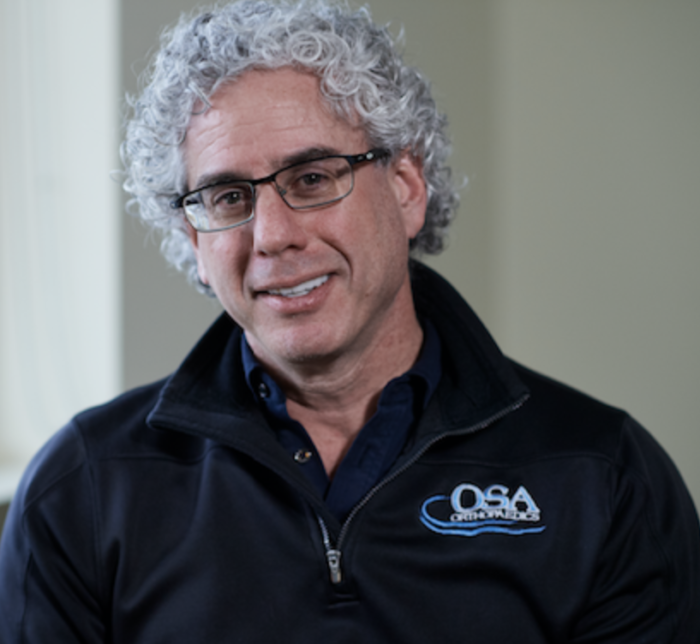Don’t Penalize Doctors for Using Non-Opioid Pain Treatments
September 22, 2020
By Scott A. Sigman, MD
Even as COVID-19 dominates headlines, the opioid crisis continues. As an orthopedic surgeon, I have worked diligently to change the way patients are treated for pain after surgery, consciously reducing opioid use and incorporating more opioid alternatives. I’m puzzled by a recent policy proposal that could impede my ability to do this.

The proposal is tucked away in a publication from the Centers for Medicare and Medicaid Services about a seemingly unrelated issue – how physicians are reimbursed for Medicare Part B drugs. These are medications typically injected or infused in a physician’s office or in surgical settings.
The change that the agency suggests could severely limit the use of opioid alternatives due to cost issues.
The policy would combine different types of drugs into a single lump group for payment purposes. One type of drugs, called 505(b)(2) for their description in the U.S. Food, Drug and Cosmetics Act, are innovative and higher cost. These are drugs that build on the research used to approve past medications, meaning that they offer new technology but at a quicker pace than medications created from scratch. The other drugs in this lump group are primarily generics with much lower costs.
The proposal would reimburse physicians and surgery centers based not on the cost of the medication their patient actually uses but on the average cost of the entire group of drugs.
If a doctor administers a 505(b)(2) medication but gets paid based on the average cost of primarily generic medications, he or she will not be able to recoup the entire cost of the medication used. Some doctors may take the loss so patients can get the treatment they need. Others simply cannot if they are to continue paying staff, overhead costs and keeping their practices financially viable.
Part B drugs already present a financial challenge for doctors. They often require special storage and handling, as well as supervision or direct administration. This adds cost. On top of that, doctors frequently pay upfront for Part B drugs through what’s known as “buy and bill.” They purchase the drugs ahead of time, assuming the cost burden based on their estimate of future patient need. It can be an expensive guessing game.
How does all this relate back to pain?
Many of the innovative drugs that have, and continue to, offer patients alternatives to opioid-only pain treatment are categorized as 505(b)(2). These are treatments like injected steroids for chronic pain and non-opioid alternative medications used for post-surgical pain. They are the very medications that offer patients personalized opioid free pain management that’s safe and effective. As I look toward the future, I anticipate other pain treatments will also be 505(b)(2).
But if the Centers for Medicare and Medicaid Services implements what amounts to a financial penalty for using them, their availability may soon become limited.
The opioid crisis forced policymakers to acknowledge that people in pain need diverse treatment options. They need safe and effective non opioid treatment plans created thoughtfully with both doctor and patient input. Physicians need the autonomy to incorporate the pharmacologic as well as the traditional, to explore options as ancient as acupuncture or as innovative as nerve stimulation.
Imposing a financial disincentive on non-opioid pain medications is not acceptable. Policymakers can and must do better to prevent opioid addiction.

Scott A. Sigman, MD, is board-certified orthopaedic surgeon in North Chelmsford, Massachusetts.
Tags: PainCategorized in: Blog

